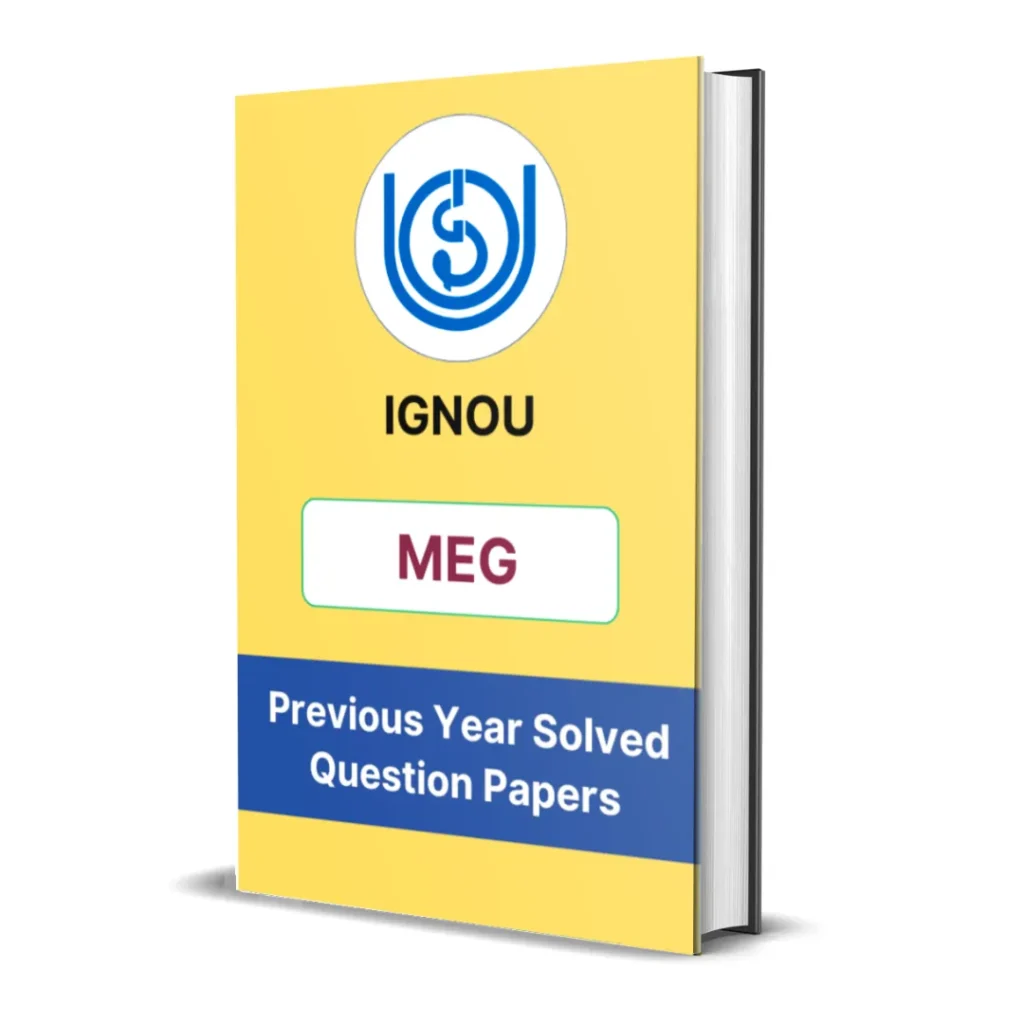MEG-03 Block 4 Summary | Charles Dicknens: Great Expectations
- Last Updated On August 13, 2025
Table of Contents
Here you will get the detailed summary of IGNOU MEG 3 Block 4 – Charles Dicknens: Great Expectations.
We have provided the summary of all units starting from unit 1 to unit 5.

Introduction
Block 4 of the IGNOU MEG-3 course is centered on Great Expectations by Charles Dickens, offering a rich analysis of the novel’s themes, structure, characters, and critical concerns. Across its five detailed units, the block examines the novel’s engagement with Victorian ideals of self-improvement, the ambiguous outcomes of personal ambition, the novel’s fairytale elements, and its treatment of crime, class, and morality. By integrating social, psychological, and symbolic readings, the block encourages students to understand the novel as both a personal narrative of growth and a broader critique of Victorian society.

Unit 1 – Background
This unit provides the social, historical, and literary context necessary for understanding Great Expectations:
-
Victorian Society: The novel is set during a time when class mobility was possible yet fraught with moral, economic, and emotional consequences.
-
Industrial Revolution: The growing importance of wealth, education, and “gentlemanly” status is explored in relation to Pip’s aspirations.
-
Dickens’s Moral Vision: The novel critiques materialism, social climbing, and the corrupting influence of wealth, while emphasizing personal responsibility and emotional authenticity.
-
Autobiographical Elements: While the novel isn’t strictly autobiographical, Pip’s journey echoes some of Dickens’s own experiences with poverty, work, and social advancement.
-
Serial Publication: Its original form as a weekly serial affects the novel’s pacing, cliffhangers, and structure.
The unit sets the stage for interpreting the novel as a multi-layered text that reflects both personal and societal transformation.

Unit 2 – Great Expectations and Self-Improvement
This unit examines one of the novel’s core themes: the idea of personal development and self-improvement:
-
Bildungsroman Structure: The novel is a classic Bildungsroman, or coming-of-age story, tracing Pip’s emotional, moral, and psychological growth.
-
Ambitions and Expectations: Pip’s desire to become a gentleman stems from his shame about his social origins and his infatuation with Estella.
-
Education and Refinement: Pip’s idea of improvement is initially limited to wealth and status, but later shifts toward moral growth and emotional maturity.
-
Magwitch’s Role: The unexpected benefactor challenges Pip’s assumptions about class, worth, and gratitude.
-
Failure of External Improvement: The novel ultimately critiques the Victorian idea that status and appearance equate to moral worth.
This unit argues that Great Expectations supports a more internal and ethical view of self-improvement, rather than superficial social mobility.
Unit 3 – Improvement or Disintegration?
This unit continues the discussion of self-improvement by highlighting the cost and contradictions of Pip’s journey:
-
Moral Disintegration: Pip’s rise in status leads to a moral fall—he becomes ashamed of Joe and neglects his roots.
-
Alienation: He becomes emotionally and socially distant from those who truly care for him.
-
Redemption Through Suffering: Only through illness, loss, and disillusionment does Pip rediscover humility and genuine connection.
-
False Values of Gentlemanliness: The unit questions Victorian definitions of success, suggesting that moral integrity matters more than wealth or manners.
-
Social Satire: Dickens mocks the shallow values of the upper class and exposes the emptiness of ambition without ethical grounding.
In sum, this unit shows that true improvement involves humility, compassion, and self-awareness, not just external transformation.

Unit 4 – Great Expectations and the Fairytale
This unit interprets the novel through the lens of fairytale and fantasy, offering symbolic and psychological insights:
-
Miss Havisham as a Gothic/Fairytale Figure: She resembles a wicked witch or cursed fairy godmother, frozen in time and manipulating Pip’s desires.
-
Estella as Enchanted Princess: Beautiful but emotionally unavailable, Estella functions like a fairytale prize—one that turns out to be hollow.
-
Pip as the Questing Hero: Like fairytale protagonists, Pip undertakes a journey that leads through danger, loss, and eventual wisdom.
-
Magwitch as a Fairy Godfather: His role as benefactor subverts expectations, as he is a criminal, not a nobleman.
-
Fantasy vs Reality: Pip’s fantasies collapse, leading him to face the hard truths of life and learn from them.
This unit illustrates how Dickens uses fairytale elements to dramatize Pip’s emotional and psychological journey, while also subverting traditional happy endings.
Unit 5 – Crime and Respectability
This unit explores how the novel interrogates the relationship between crime, punishment, and social class:
-
Magwitch’s Transformation: A convict who becomes Pip’s benefactor, Magwitch challenges the association of criminality with inherent evil.
-
Legal System: The novel critiques the harsh and class-biased nature of the Victorian justice system.
-
Crime and Identity: Pip’s discomfort with Magwitch reveals his own internalized class prejudices.
-
Respectability as Hypocrisy: Characters like Compeyson represent the upper class who use social respectability to mask immoral behavior.
-
Moral Ambiguity: The line between criminality and social legitimacy is blurred—Magwitch is morally superior to many “gentlemen.”
The unit concludes that Dickens deconstructs Victorian ideas of respectability, showing that morality is not tied to class or legal status but to personal integrity.